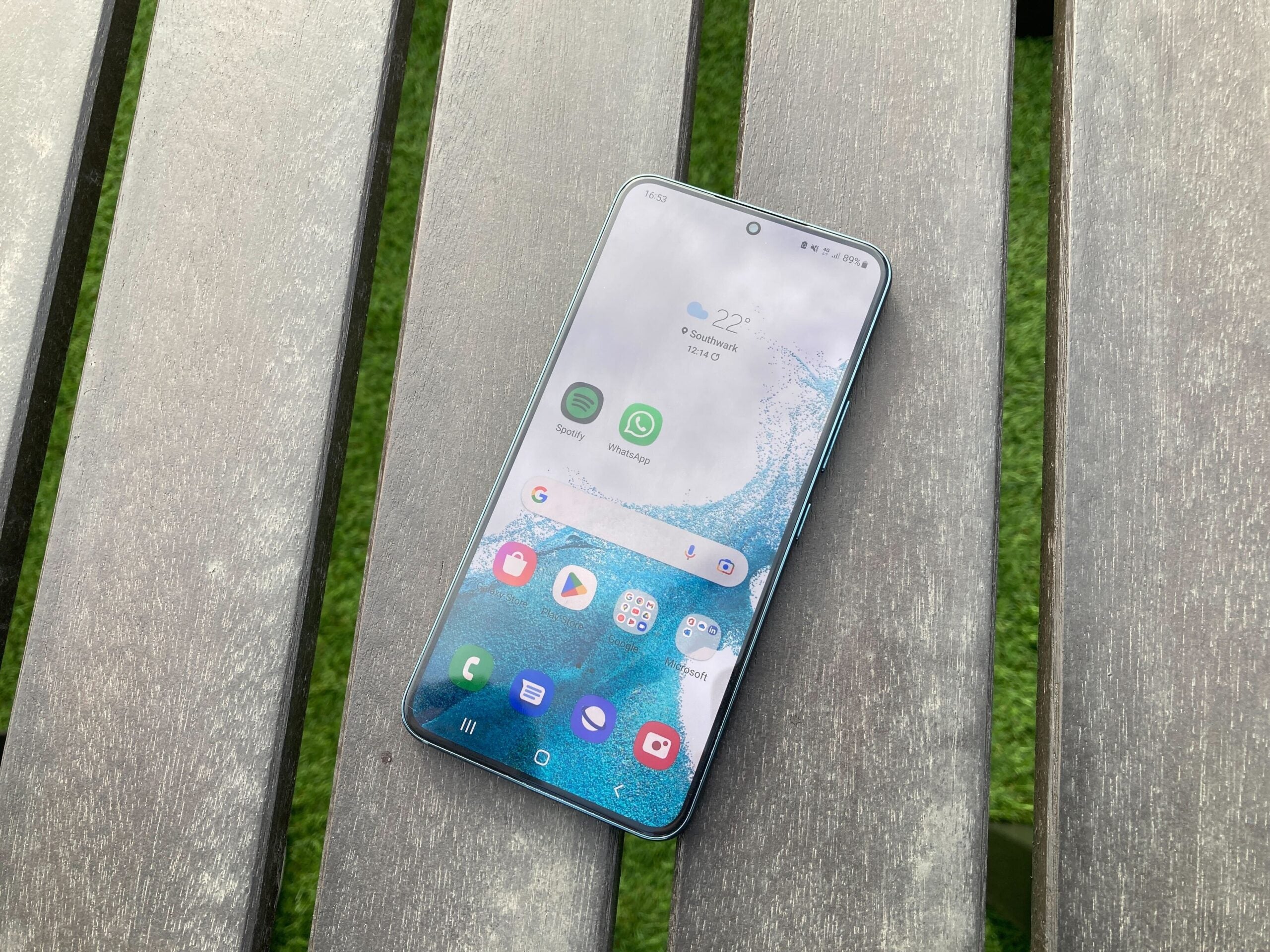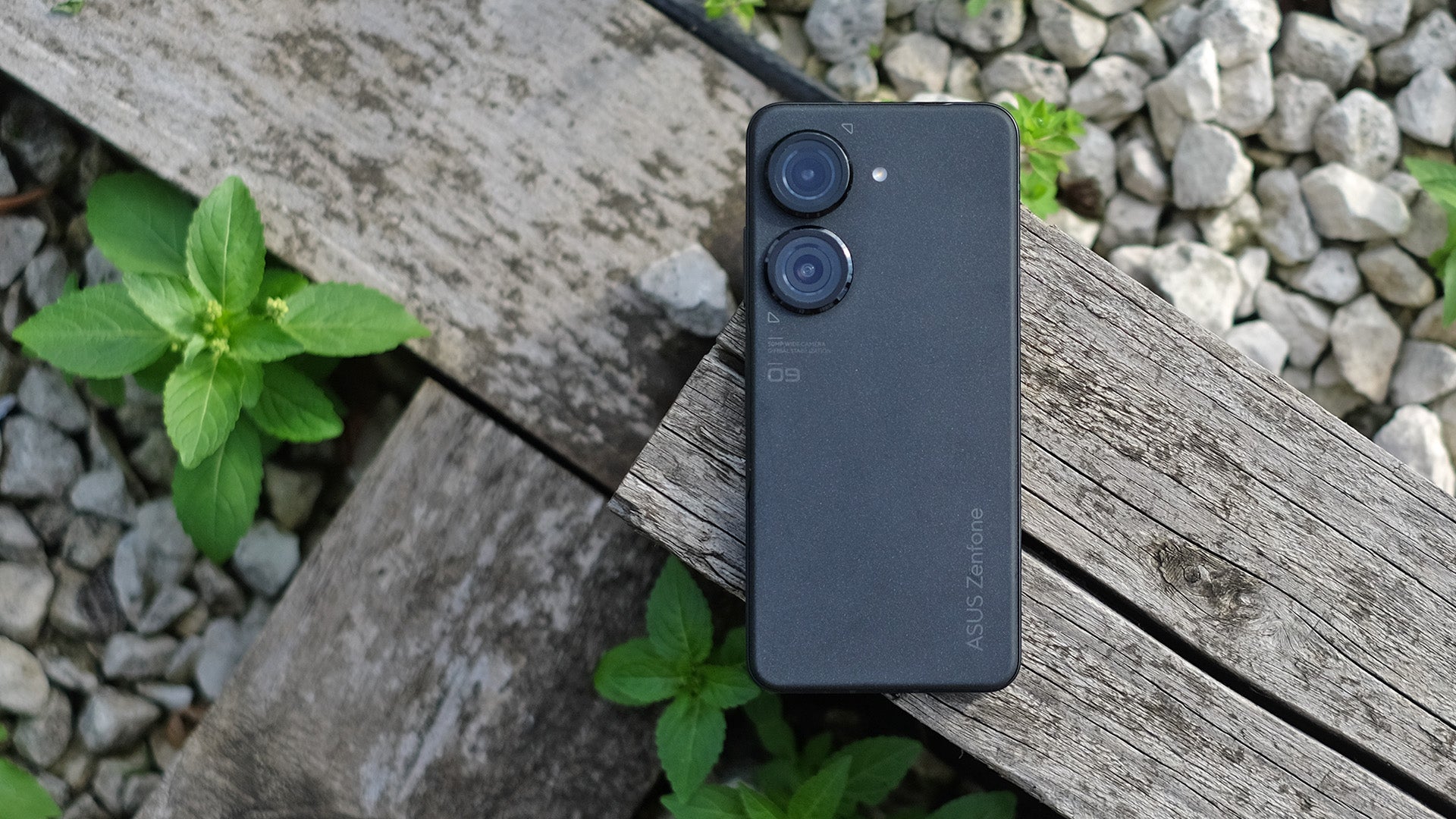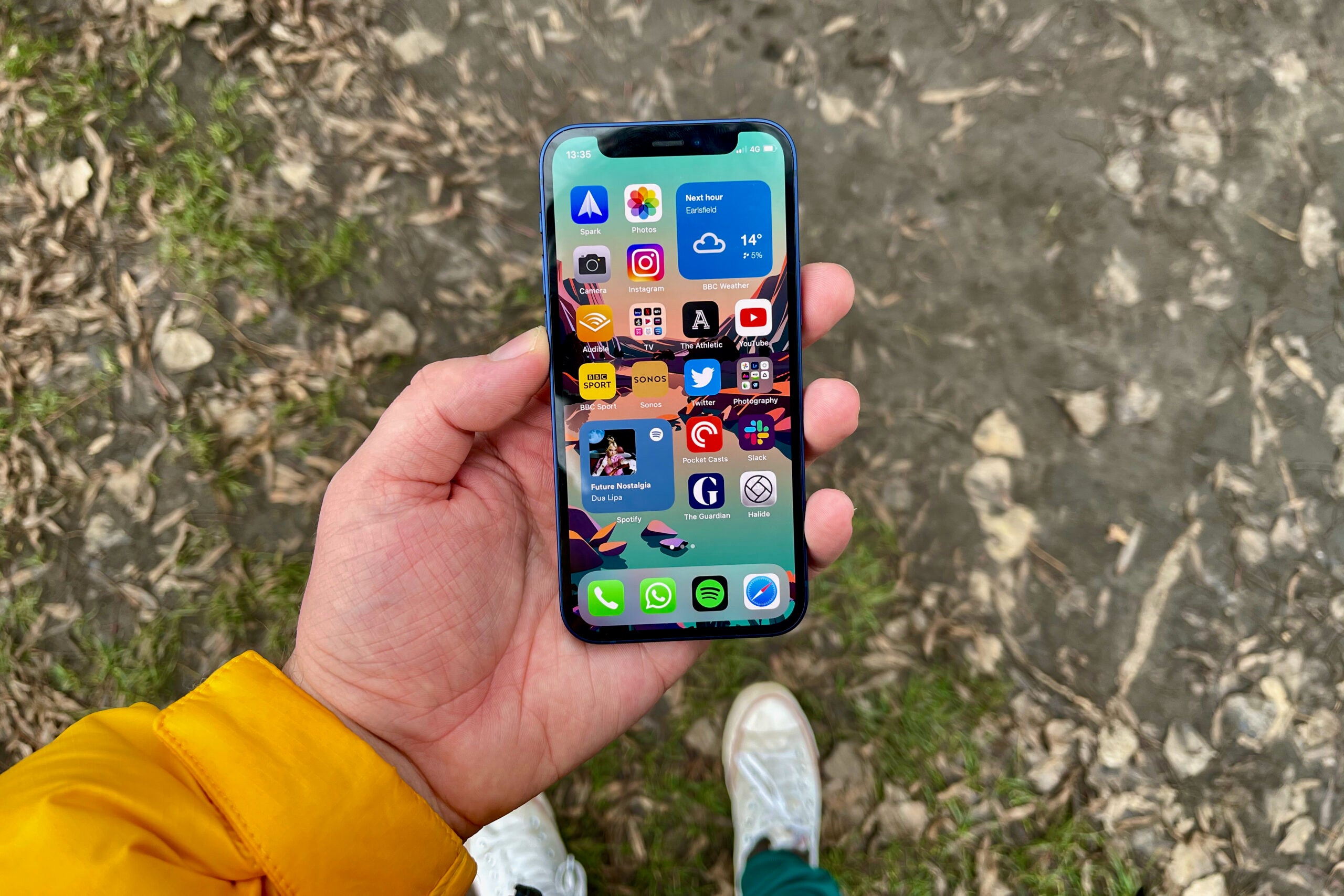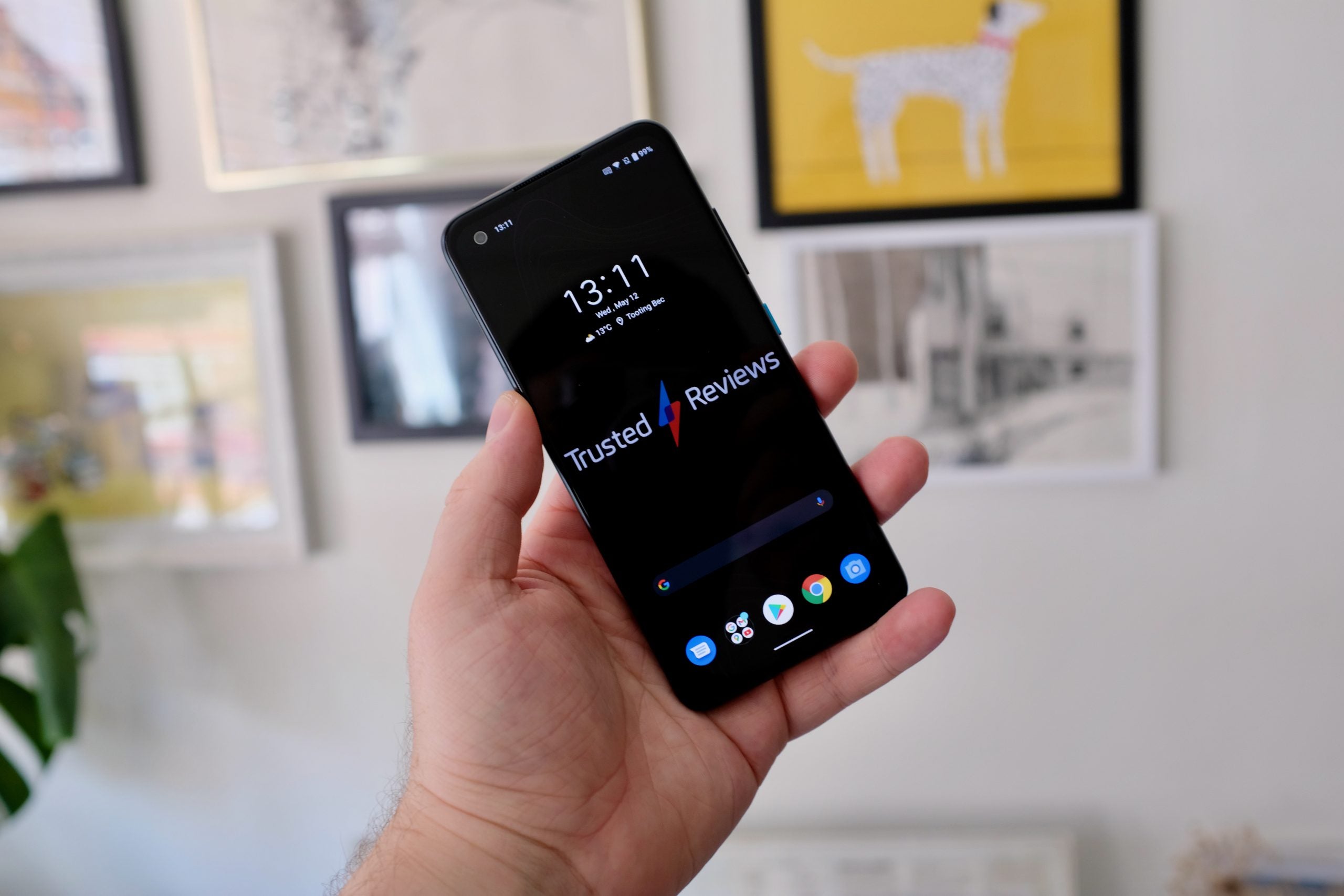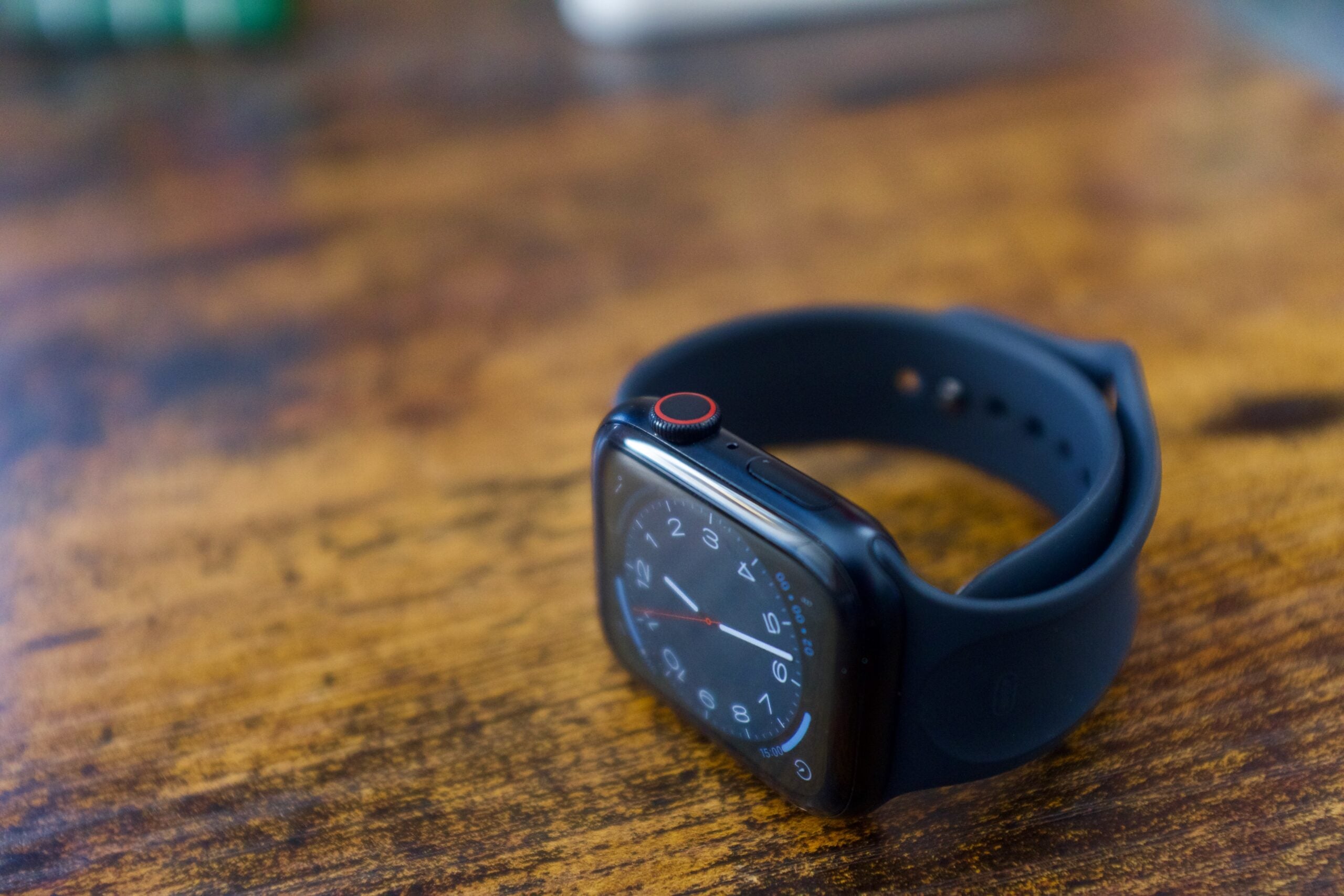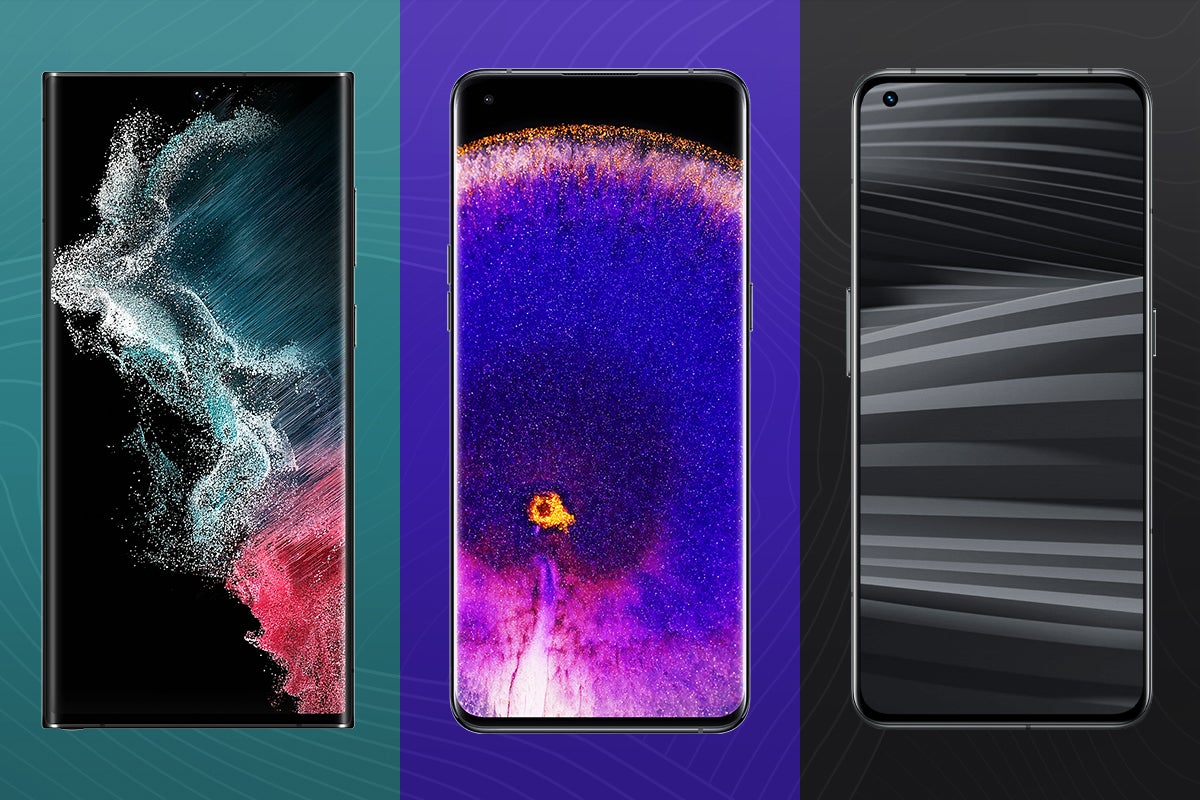Best Small Phone 2024: The top five compact smartphones
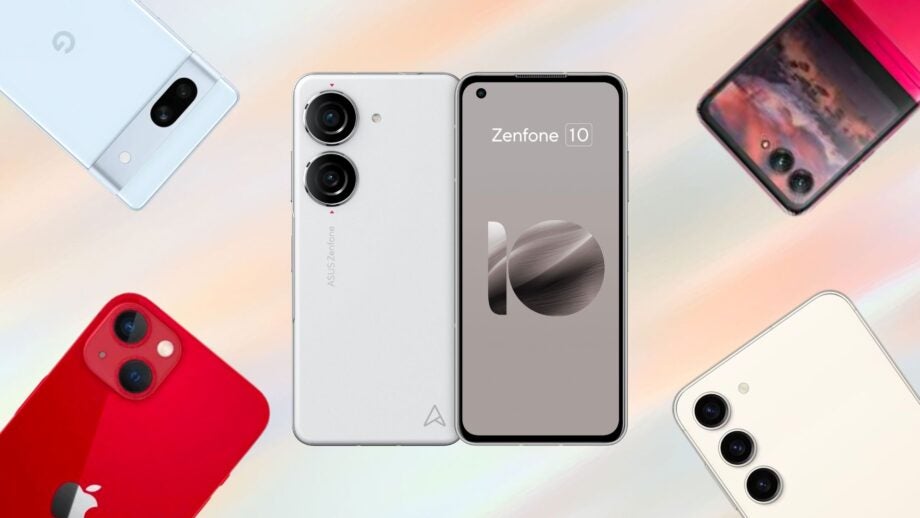
Smartphones are available in all shapes and sizes, but finding a good smartphone that’s also compact is a little trickier – but that’s where we at Trusted Reviews come in.
Traditionally, smaller phones have been focused on the budget end of the market – smaller displays are cheaper to manufacture – but we’ve seen a bit of a resurgence of small phones in the more premium end of the market in recent years with the likes of the Samsung Galaxy S24 and Asus ZenFone 10.
However, it’s still difficult to find a smartphone that’s both compact and offers a solid smartphone experience. That’s why we’ve thoroughly benchmarked every single option in this list, with our reviewers switching SIMs, and transferring all apps and data to test real-world use too.
We consider elements like screen size, dimensions and weight, along with the usual performance, camera testing and battery testing we do with all smartphone reviews, and we’ve broken down our list into different categories – iOS, Android, budget – to make the choice even easier.
It’s probably worth noting that our official definition of a small phone is one with a display that measures a maximum of 6.1 inches, though if there are any exceptions to that rule in our selection below, we’ll be sure to clearly explain why.
If you’ve changed your mind and could be tempted by something a little larger, take a look at our selection of the best smartphones and the best Android phones for more inspiration.
Which is the best small phone in 2024?
- Best small iPhone: iPhone 13 mini – check price
- Best small Android: Asus ZenFone 10 – check price
- Best small flagship: Samsung Galaxy S24 – check price
- Best small mid-ranger: Google Pixel 8a – check price
- Best small foldable: Motorola Razr 40 Ultra – check price
How we test
Every phone included in the list below has been properly tested and used for an extended period by one of our product experts. We don’t review phones based purely on specs or a manufacturer’s claims – we use them as our everyday devices for at least five days and usually for much longer.
If you read a phone review on Trusted Reviews, you’ll know the reviewer has popped their personal SIM card into the phone, transferred across their most-used apps and even their backlog of WhatsApp messages. We go all in, so you know you’re getting an honest view of a product.
Our review process includes a mixture of real-world tests, along with more than 15 measured tests and industry-standard benchmarks. We believe this gives the most rounded view of a device. The scores a phone receives from a run under our professional colourimeters aren’t worth much if the screen can’t be used comfortably on a sunny day.
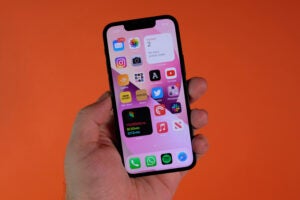 Best small iPhone
Best small iPhone
- Great camera
- Better battery life than the previous Mini
- The most powerful small phone around
- No ProMotion
- No optical zoom
- Still can’t compete with the other iPhone 13 models for battery life
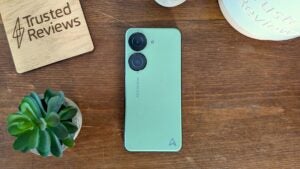 Best small Android
Best small Android
- Top-end performance
- All-day battery life
- Six-axis gimbal stabilisation steadies photo and video capture
- Pocketable design
- Bio-plastic rear feels a little cheap
- Same main camera sensor as Zenfone 9
- Relatively slow 30W charging
 Best flagship Android
Best flagship Android
- One of a few powerful, small Android phones
- Pricing makes more sense than the Plus
- Some clever AI features
- The camera should have been overhauled
- Areas like battery life and charging lack notable upgrades
 Best mid-range A
Best mid-range A
- Manageable size
- IP rating and Qi charging
- Great camera (for the price)
- Seven years of software updates
- Clever AI-infused software
- Screen is far from the best
- The battery will never last more than a day
- Slow charging
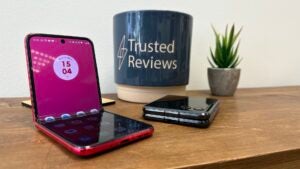 Most compact foldable
Most compact foldable
- Premium clamshell foldable design
- Genuinely useful 3.6-inch exterior display
- Great camera performance from main 12MP sensor
- Top-end 6.9-inch pOLED foldable display
- Battery could only last about a day
- Snapdragon 8+ Gen 1 is a year old
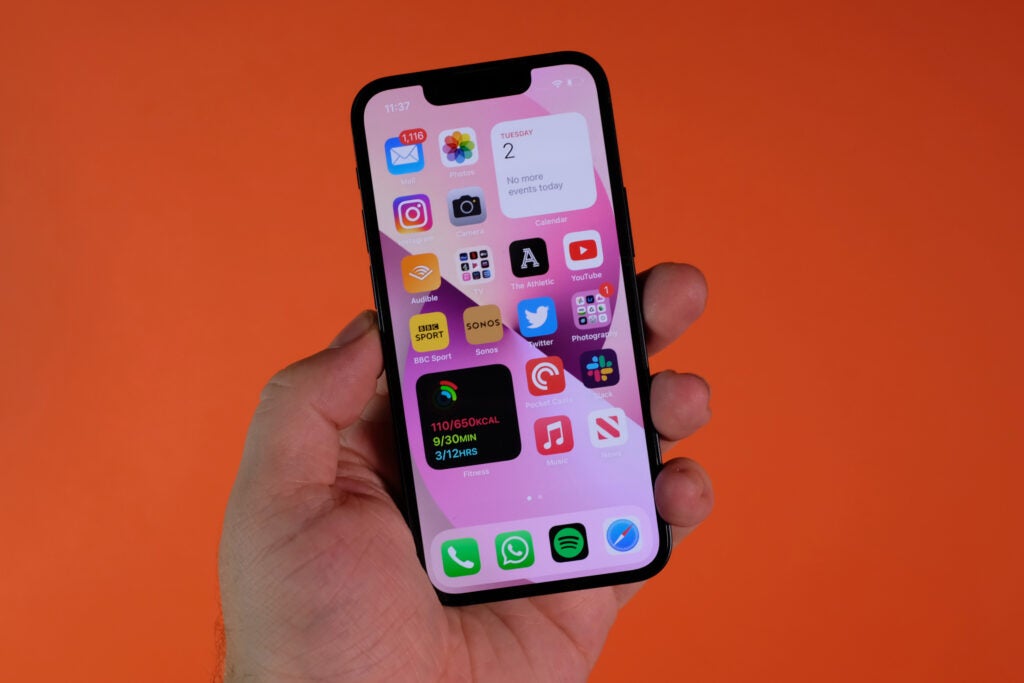
iPhone 13 Mini
Best small iPhone
Pros
- Great camera
- Better battery life than the previous Mini
- The most powerful small phone around
Cons
- No ProMotion
- No optical zoom
- Still can’t compete with the other iPhone 13 models for battery life
If you’re waiting for Apple to release another truly pocket-sized iPhone, you might be out of luck. The iPhone 13 series was the most recent Apple phone to come in a 5.4-inch ‘Mini’ size in 2021 and Apple hasn’t shown any signs it’s bringing the Mini back since then.
Fortunately, the iPhone 13 Mini provides plenty of power, a quality display and an excellent camera, allowing it to stand out as a great small phone even in 2024. Many retailers continue to stock the iPhone 13 Mini at a discount too, making it not only a compact iPhone but also a truly affordable one three years after launch.
The iPhone 13 Mini physically isn’t much bigger than the iPhone SE (2022), but the 5.4-inch display is more spacious than the SE’s 4.7-inch one. You can’t expect the same amount of real estate as you’d get on the larger iPhone 16, 16 Plus, 16 Pro and 16 Pro Max, but that’s to be expected from a smaller handset.
You also can’t expect the same level of performance you’d get with the very latest iPhone and you certainly won’t have access to the same Apple Intelligence features. However, the latter goes for any iPhone launched before 2024, with the iPhone 15 Pro being the only exception.
That said, despite its age and older chipset, the iPhone 13 Mini still puts up a fair fight. The OLED display is bright, The A15 5G chipset can handle big titles at their maximum settings and photos taken with the dual camera pop with detail – even in low-light settings.
The battery life isn’t as strong as that on the Asus Zenfone 10 and the phone isn’t as new as the Samsung Galaxy S24, but if you’re in the market for a fantastic small iPhone, look no further.
Review: iPhone 13 Mini review
Reviewer: Max Parker
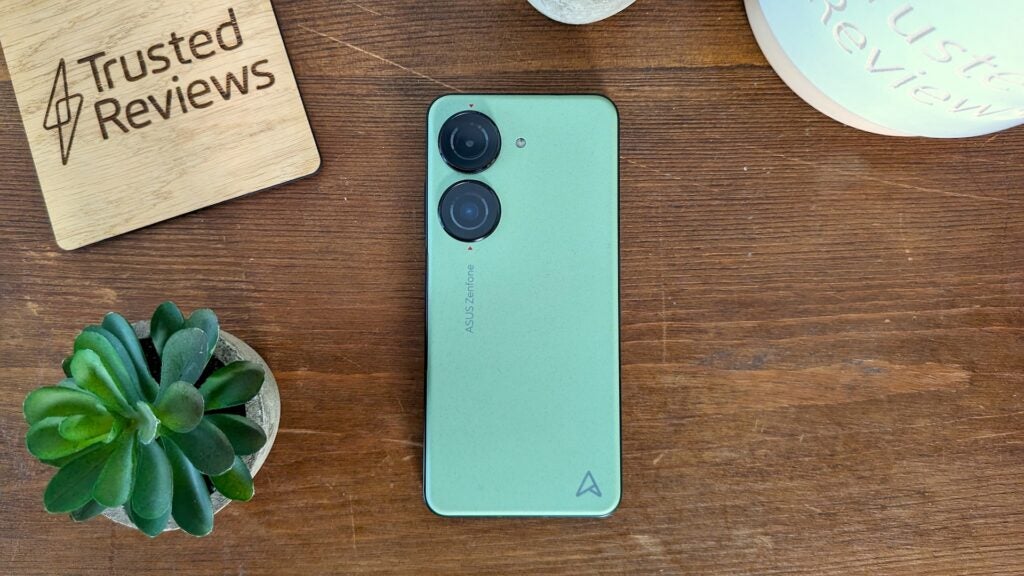
Asus Zenfone 10
Best small Android
Pros
- Top-end performance
- All-day battery life
- Six-axis gimbal stabilisation steadies photo and video capture
- Pocketable design
Cons
- Bio-plastic rear feels a little cheap
- Same main camera sensor as Zenfone 9
- Relatively slow 30W charging
If you’re after a small phone but want to stick with Android, the Asus ZenFone 10 is your best bet.
It’s not quite as small as the iPhone 13 mini, sporting a 5.9-inch 120Hz OLED display, but it’s still comfortably within compact territory when most Android flagships sport 6.7- or even 6.8-inch displays. And as with the iPhone 13 mini, don’t let the compact nature fool you; this is very much a flagship smartphone with specs to match.
That includes the latest and greatest Qualcomm chipset in the form of the Snapdragon 8 Gen 2, coupled with 8- or 16GB of RAM and up to 512GB of UFS 4.0 storage to play with, allowing the ZenFone 10 to handle whatever you throw at it with absolute ease. Gaming was also a joy on the compact phone, managing to stay cool even over extended gameplay sessions.
There’s also great camera performance from a combination of a 50MP main and a 13MP ultrawide, particularly when it comes to image stabilsation, and a 32MP RGBW selfie camera delivers some of the best selfies we’ve seen this year.
What really makes the ZenFone 10 stand apart from the competition, however, is its hugely customisable approach to Android 13.
You can either opt for Asus’ ZenUI skin or adopt something very close to stock Android, with additional support for Material You and other customisable elements of the UI. It goes much further than practically any other Android OEM, making it a joy to use day-to-day.
Throw in comfortable all-day battery life from a 4,300mAh cell and you’ve got a great compact Android smartphone that doesn’t cost the Earth.
Review: Asus ZenFone 10 review
Reviewer: Lewis Painter

Samsung Galaxy S24
Best small Android flagship
Pros
- One of a few powerful, small Android phones
- Pricing makes more sense than the Plus
- Some clever AI features
Cons
- The camera should have been overhauled
- Areas like battery life and charging lack notable upgrades
The Asus ZenFone 10 remains the smallest flagship Android smartphone around, but the Samsung Galaxy S24 is not only more powerful, but offers a larger screen in a body that’s not much bigger than that of the ZenFone.
The 6.2-inch Dynamic AMOLED 2X screen is a slight increase on last year’s 6.1-inch panel, but don’t fret; that’s possible due to Samsung shrinking the screen’s bezels, leaving the form factor near-identical to its older sibling. That means it’s not only bigger while still maintaining a compact form factor, but it boasts high-end specs like an LTPO-enabled 120Hz refresh rate alongside HDR10+ support and a maximum brightness of 2600nits.
It gets a little bit confusing in the chipset department with the UK, Europe and other regions finding the Exynos 2400 chipset while those in the US get the Snapdragon 8 Gen 3 for Galaxy.
We reviewed the former, though we’ve benchmarked the latter and it’s clear that the Snapdragon-equipped variant is more powerful in GPU tests, but you likely won’t notice a difference in everyday use. It’s rapid, responsive and utilises GenAI capabilities to provide on-device translation, voice recording transcription and more. That should only continue to improve with its improved seven years of OS upgrades, the longest of any small-screen phone right now.
The only disappointment is camera performance; while it’s far from a bad camera setup, comprised of a 50MP main, 12MP ultrawide and 10MP telephoto, it remains entirely unchanged for a third year running and, as such, there are more performative options on the market – though many of these are attached to bigger screens like Samsung’s own 6.8-inch Samsung Galaxy S24 Ultra.
Still, if you’re looking for a solid small-screen flagship that can handle just about anything you throw at it, the Galaxy S24 remains a tempting option.
Review: Samsung Galaxy S24 review
Reviewer: Max Parker

Google Pixel 8a
Best small mid-ranger
Pros
- Manageable size
- IP rating and Qi charging
- Great camera (for the price)
- Seven years of software updates
- Clever AI-infused software
Cons
- Screen is far from the best
- The battery will never last more than a day
- Slow charging
What if your budget doesn’t quite extend to flagship-level smartphones like the S24 or ZenFone 10? The Google Pixel 8a is our recommendation for compact smartphone fans on a bit more of a budget.
The Pixel 8a measures in at a compact 6.1 inches, boasts a smooth 120Hz refresh rate and even borrows the Actua tech from the flagship Pixel 8 to boost brightness to 2000nits. It’s also a nice compact size that sits nicely in the hand, especially with the Pixel 8a’s rounded edges.
Where the Pixel 7a flexes its mid-range muscles is in the camera department, using the flagship-level Tensor G2 chipset to power a range of AI features like Super Res Zoom and Night Sight, along with exclusive photo editing features that remove distractions from the background and even sharpen blurry images.
That AI goodness also extends to the general experience, with the Pixel 8a’s stock Android 14 littered with handy AI features to improve your day-to-day, be it displaying upcoming calendar invites and the weather on the Home screen to Recently Played, an AI feature that automatically detects music in your environment as you go about your day – a real boon for music discovery.
Battery life is also solid, though it’s still very much just a one-day device – one of the downsides of more compact smartphones.
Still, if you’re looking for a compact phone on a budget, you won’t find a more capable option than the Google Pixel 8a in 2024.
Review: Google Pixel 8a
Reviewer: Max Parker
Buy it now: Pixel 8a

Motorola Razr 40 Ultra
Most compact foldable
Pros
- Premium clamshell foldable design
- Genuinely useful 3.6-inch exterior display
- Great camera performance from main 12MP sensor
- Top-end 6.9-inch pOLED foldable display
Cons
- Battery could only last about a day
- Snapdragon 8+ Gen 1 is a year old
If you’re looking for a truly compact Android smartphone that doesn’t compromise on a large-screen experience, boasts a solid camera, strong performance and an all-day battery life then you can’t do much better than the Motorola Razr 40 Ultra.
Although the 6.9-inch pOLED panel is anything but small, and surpasses some of the largest smartphones on the market, once folded the external display measures just 3.6-inches. This is perfect for one-hand use as all corners can be easily reached using just your thumb.
Not only is the external screen tiny yet still highly functional, the handset is just 15mm thick when folded so you can easily slip it into your pocket or your bag. Plus as the display is fitted with Gorilla Glass Victus, you shouldn’t have to worry about scratches either.
Aside from the displays, the Razr 40 Ultra includes two rear cameras: a 12MP main and a 13MP ultrawide lens. We found that the main snapper does an admirable job in well-lit scenarios, resulting in vibrant colours and detail, however it’s worth noting that in low-light sometimes images were too soft despite the PDAF focusing technology.
Similarly, the ultrawide lens is generally sufficient in well-lit environments although there can be notable blurs in areas which need more detail.
Running on the Snapdragon 8 Plus Gen 1 chipset which, despite not being Qualcomm’s latest processor, is certainly still capable and scored well in our CPU and GPU benchmark tests. If however you plan on using your smartphone mainly for intense gaming then we wouldn’t recommend this handset as it struggled with higher-specced titles.
If that’s the case, then we’d recommend checking out our best gaming smartphones list for dedicated gaming options.
Whether you want the smallest smartphone you could possibly get your hands on, or you’re just keen to recreate the flip phone experience of the noughties, the Motorola Razr 40 Ultra is a great choice for most people.
Review: Motorola Razr 40 Ultra review
Reviewer: Lewis Painter
We also considered…
FAQs
For our money, it’s between the iPhone 13 mini and Asus ZenFone 10 depending on whether you’re an iOS or Android fan. They’re the most compact around while still delivering a comfortably powerful flagship smartphone experience.
That entirely depends; while you can spend hundreds on a flagship-level phone like the ZenFone 10, you can find cheaper compact options like the Pixel 7a.


